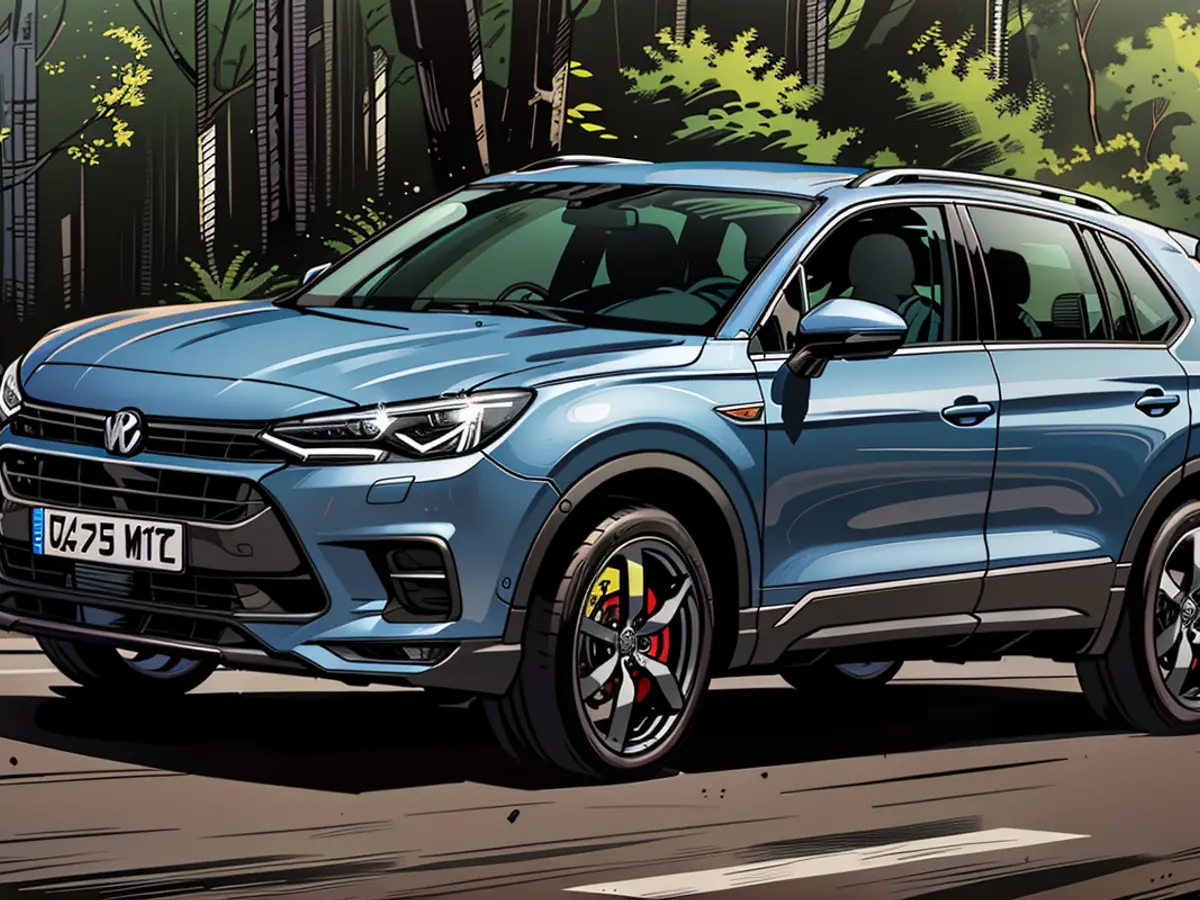Spain's Leading SUV, Cupra Terramar, Anticipated to Become a Resounding Success
The up-and-coming Cupra brand, initially known for its sporty spin-off from the rather laid-back Seat brand, is on an upward trajectory. The new top-tier SUV called Terramar is aiming for the segment of vehicles that has been consistently selling well and has been a boon for many manufacturers' balance sheets.
The name Terramar represents a fusion of the Spanish words for "earth" and "sea", and it's expected to be a major hit for Cupra, which only entered the market in 2018. It surpasses the successful SUV Ateca by 13 centimeters in height and the Formentor by 7. Although these may not seem like significant differences, they equate to a substantial boost in interior space and legroom for rear passengers, which is essential for a family vehicle.
Cupra's in-house design team has taken a different approach with the new Terramar's design relative to its smaller siblings. The larger Tavascan served as inspiration, and it will likely compete with the Terramar for the title of "flagship" among Cupra's SUVs. However, the Tavascan is an electric vehicle and caters to the youthful and forward-thinking crowd. The Terramar, on the other hand, offers a nod to internal combustion engine nostalgia, placing emphasis on the muscular power under the hood, regardless of exhaust emissions.
Additionally, the Terramar can operate electrically at times, pairing a 1.5-liter four-cylinder engine with an electric motor and a 19.7-kWh battery that can be recharged via a plug, providing an electric range of up to 120 km. While this electric capability exists, the practical CO2 savings ultimately depend on the driver's preference for engine power or fuel efficiency.
Ready for thrilling drives
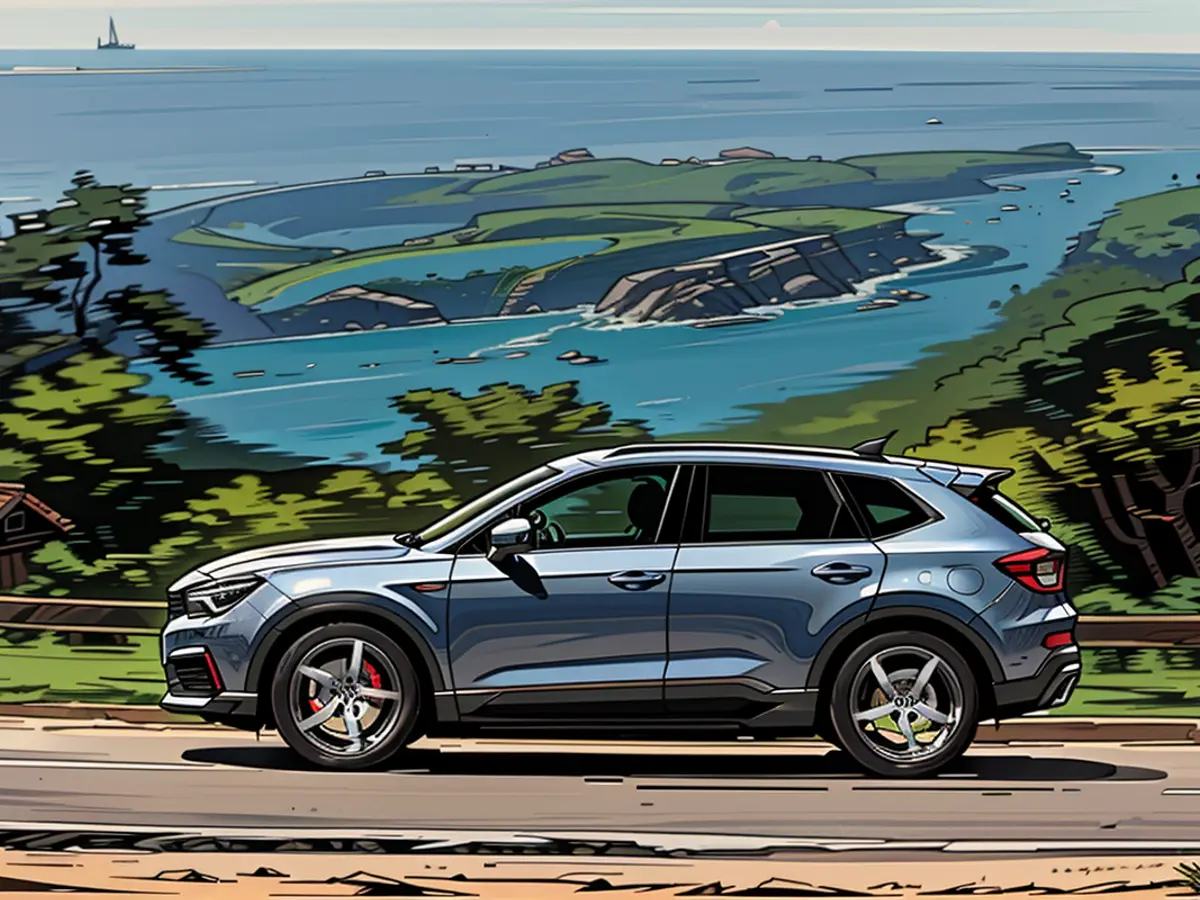
In terms of pricing, the electric Tavascan and its fossil-fuel counterpart fall into the same premium category, with the electric vehicle even being slightly cheaper by around 3,000 euros over its in-house competitor. This appears to be a Cupra tax for the conventional driving enthusiasts. The Terramar comes with the necessary equipment for high-performance driving. The front end features a slightly angled hood, shaped by body lines that extend towards the asphalt, with a narrow lip-shaped air intake shielding the large, grilled radiator.
This design is something of a Cupra signature, appearing on both the electric Tavascan and the Formentor. With a touch of creativity, you can also detect traces of the classic Porsche Cayenne, although there's no confusion possible. This ensemble is enhanced with features like the LED matrix light, which takes on a triangular form with OLED pixels during the day, and a shark-nose style. The triangular optics can also be found in the rear lights, connected by a glowing light strip. The central Cupra logo is also illuminated, leaving no doubt as to the vehicle's origin.
A comprehensive masterpiece
The driver's cockpit features a 12.9-inch display, which is a common feature in modern vehicles. Essential information such as speed, RPM, or battery status is also presented in the digital world. A head-up display is as vital as a small steering wheel embossed with a Cupra logo, which encourages the electronics to fully harness the engine's power while also testing the capabilities of the dual-clutch transmission. An electric brake booster that responds more promptly is also included. The suspension can be adjusted, with shocks that can be fine-tuned for comfort or sportiness depending on the driver's mood. A masterpiece ensues, utilizing premium materials, delivering comfortable seats, and offering an aesthetically pleasing design.
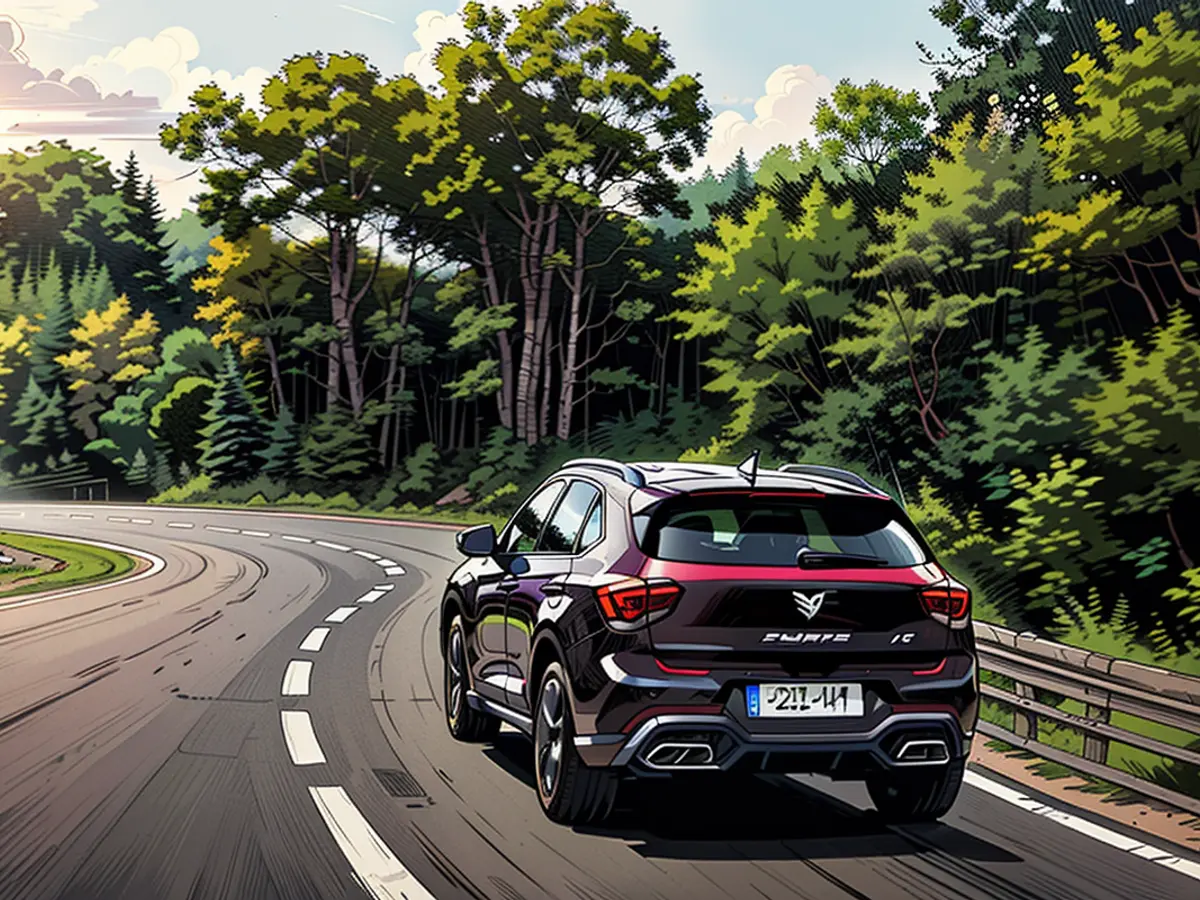
Test drives around Cupra's home in Barcelona quickly create a sense of serenity, amplified by a premium Sennheiser audio system. Most of the numerous functions displayed on the cockpit are user-friendly. Some require a tutorial, such as managing the various settings for electric driving, optimizing battery charging for maximum fuel efficiency, and navigating to distant destinations while minimizing fuel use.
If things were as they could be...
Once on the highway, a potential issue arises with vigilant law enforcement. Spain's speed limit is 120 km/h. And of course, the 272 horsepower lurking under the hood show signs of eagerness to escape their confinement when activated by their jockey. The Terramar could, under unrestricted conditions, become a hero on the fast lane of a German highway, thanks to its impeccable steering, torque, and lane-keeping capabilities, which justifies its title as the supreme ruler of country roads.
But there's also the less thrilling side of the Terramar, as the Spanish sports car also performs double duty as a family-friendly vehicle. With a generous wheelbase of nearly 2.70 meters, the rear seats become a comfortable haven for rear passengers, providing ample space for children and grandparents to indulge in their digital pursuits in relative comfort. Charging ports are, of course, readily available, and the safety features are commendable, with some being standard, while others are optional add-ons.
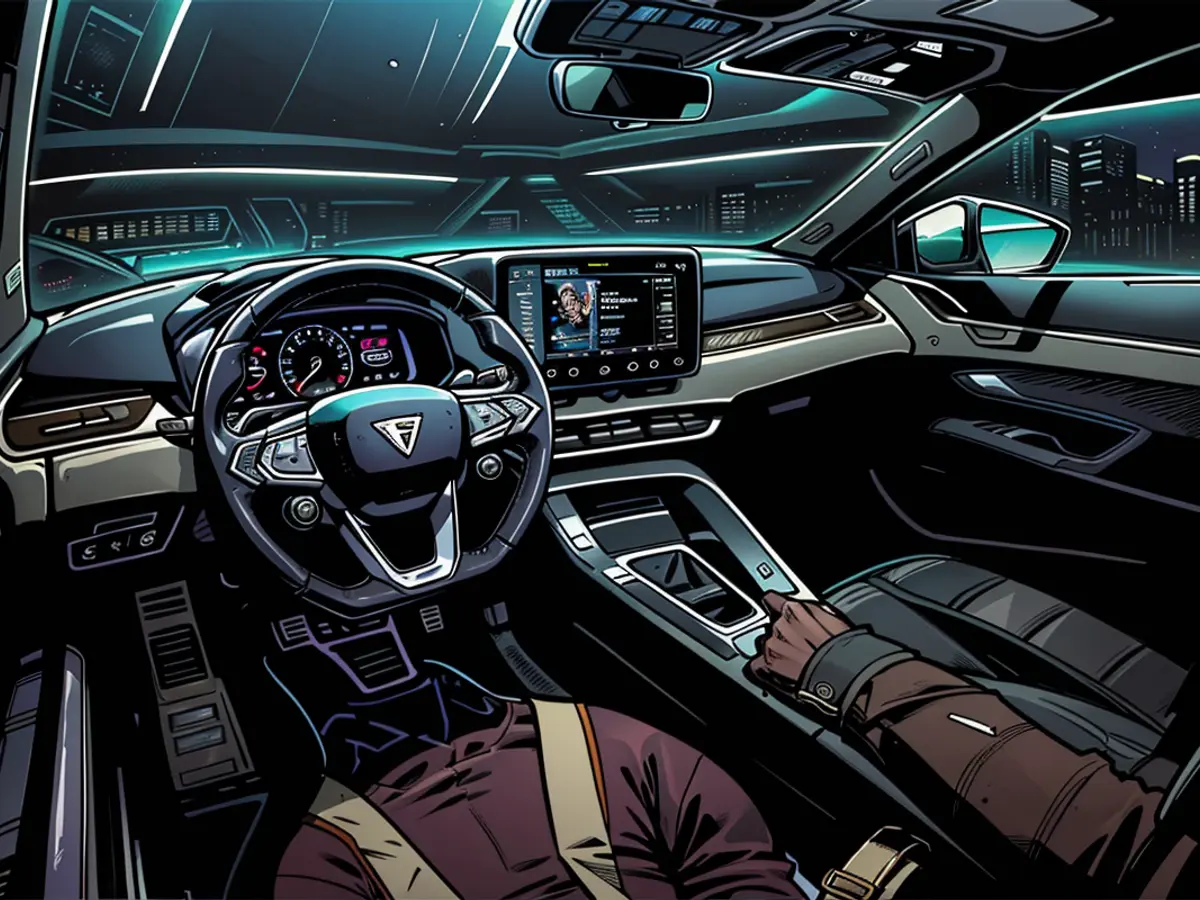
Undoubtedly, the Terramar will likely succeed in answering the question of whether a traditional internal combustion engine can maintain its staying power against potentially stronger electric vehicles in the long term. The base-level Terramar, equipped with a 1.5-liter four-cylinder engine providing 110 kW/130 PS, is more than sufficient for everyday driving. The 48-volt on-board network and a small electric motor also contribute electric power, which makes this Terramar a wallet-friendly option, priced at 43,020 Euros, at a substantial discount compared to its lavish sibling with dual power sources.
Forward-Thinking Mid-Size SUV Seating FiveMeasurements: 4.52 meters long, 1.86 meters wide (excluding mirrors), 1.58 meters tall. Wheelbase: 2.68 meters, cargo space: up to 400 to 624 liters with rear seats folded.A 1.5-liter four-cylinder gasoline engine combined with an electric motor generates a system output of 200 kW/272 PS, 400 Nm of maximum torque, 19.7 kWh battery capacity, a plug-in system with 50 kW charging power, and an electric range of 110-120 km (WLTP). Features all-wheel drive, seven-speed dual-clutch automatic transmission.Accelerates from 0 to 100 km/h in 7.3 seconds, maximum speed of 215 km/h, consumption (WLTP): 0.4 liters/100 km, CO2 emissions: 10 g/km. CO2 Class BPricing starts at 56,310 Euro
Additional Powertrain Availability
1.5 e TSI:1.5-liter four-cylinder gasoline engine with mild hybrid technology, 110 kW/130 PS, 250 Nm of maximum torque, 48-Volt technology, front-wheel drive, seven-speed dual-clutch automatic; 0-100 km/h: 9.3 seconds, maximum speed: 205 kg/h, Consumption (WLTP combined): 6.1 liters/100 km, CO2 Emissions: 139 g/km. CO2 Class EPricing begins at 43,020 Euro
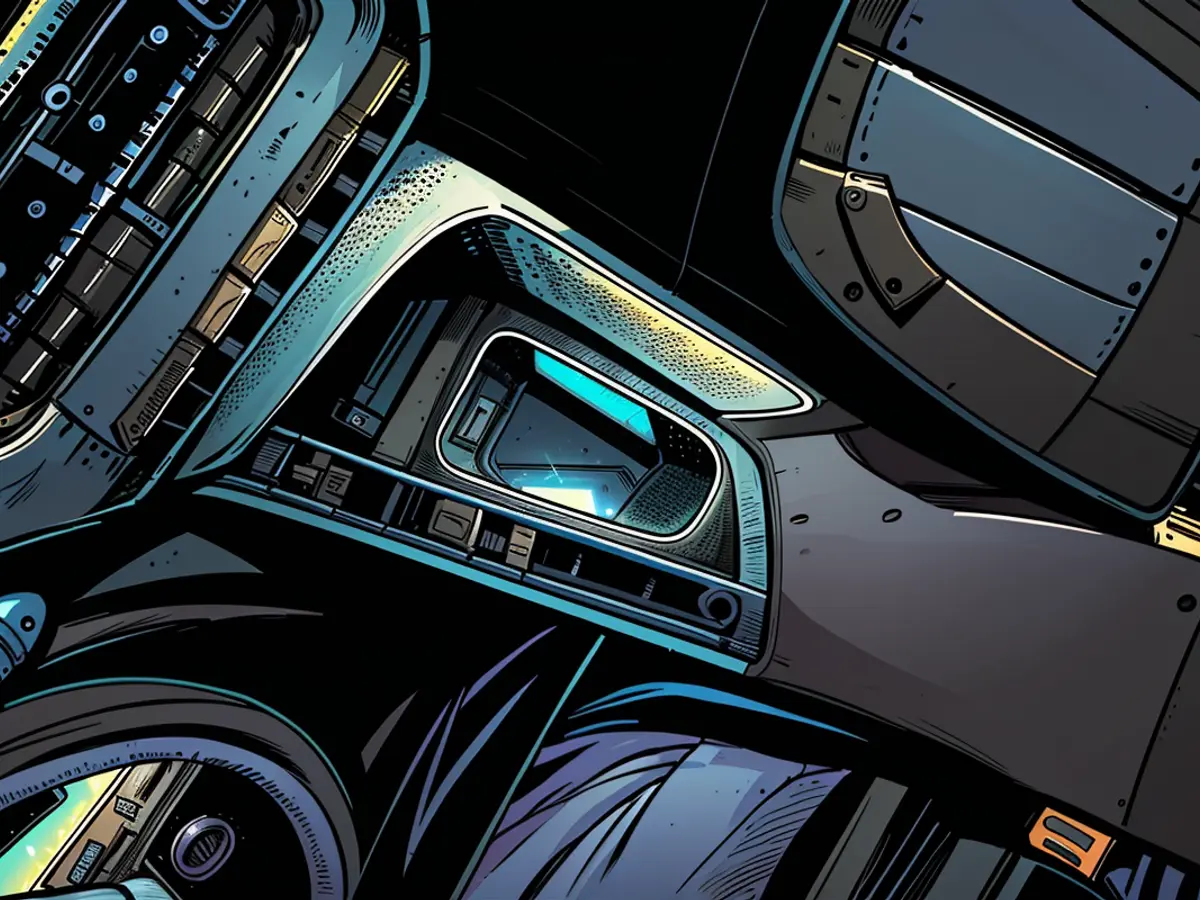
2.0 TSI VZ - Technical Information
2.0-liter four-cylinder gasoline engine, 195 kW/265 PS, 400 Nm maximum torque. All-wheel drive, seven-speed dual-clutch automatic; 0-100 km/h: 5.9 seconds, maximum speed: 243 km/h, Consumption (WLTP combined): 8.4 liters/100 km, CO2 Emissions: 191 g/km. CO2 Class FPricing starts at 55,795 Euro (offered early 2025)
A plug-in hybrid with a 150 kW/204 PS output will become available by year's end. Pricing and details yet to be disclosed.
The Cupra design team drew inspiration from the larger Tavascan for the interior space and legroom of the Terramar's Seat models, ensuring a comfortable ride for both driver and passengers. The new Terramar, with its Seat models offering increased height and legroom, is expected to appeal to families who value spaciousness and power.
In the marketing strategy for the Terramar, Cupra is positioning its Seat models as a blend of nostalgia and innovation, leveraging the muscular power of an internal combustion engine while also offering electric capabilities as an optional feature.

